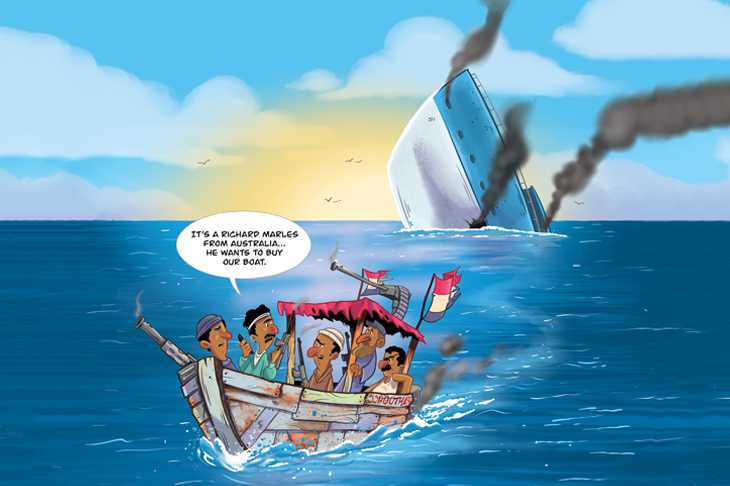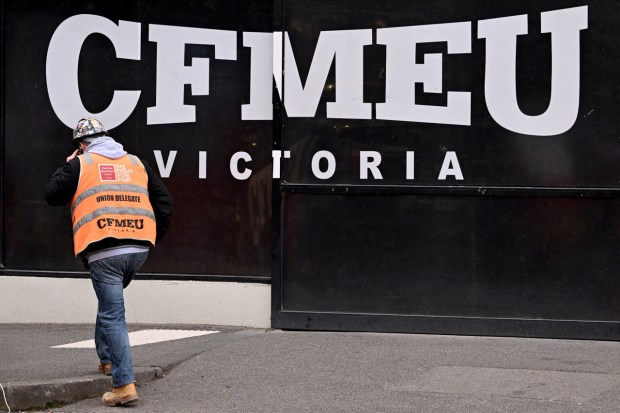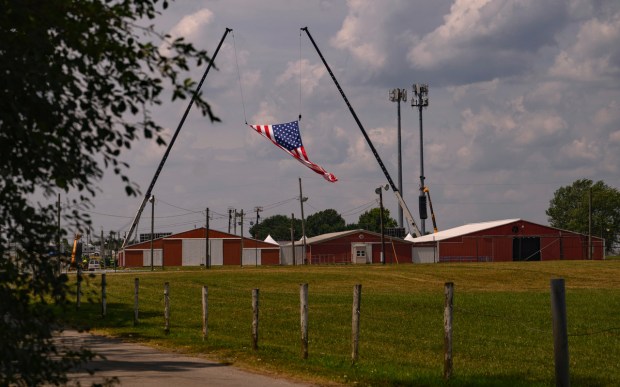Once again Australia prepares for war, this time with a new class of warship, called light frigates or corvettes. They have just been announced by the federal government. 84 years ago a class of corvettes was announced by the government – it’s corvette time again, or should we call it, playing catch-up with Defence.
Already a subscriber? Log in
Subscribe for just $2 a week
Try a month of The Spectator Australia absolutely free and without commitment. Not only that but – if you choose to continue – you’ll pay just $2 a week for your first year.
- Unlimited access to spectator.com.au and app
- The weekly edition on the Spectator Australia app
- Spectator podcasts and newsletters
- Full access to spectator.co.uk
Unlock this article
Dr Tom Lewis is a military historian whose latest work The Sinking of HMAS Sydney studies living, fighting and dying aboard WWII cruisers. His book Eagles over Darwin looks at the US air defence of northern Australia in the dark days of 1942.
You might disagree with half of it, but you’ll enjoy reading all of it. Try your first month for free, then just $2 a week for the remainder of your first year.












Comments
Don't miss out
Join the conversation with other Spectator Australia readers. Subscribe to leave a comment.
SUBSCRIBEAlready a subscriber? Log in